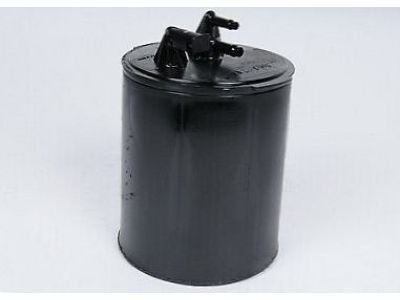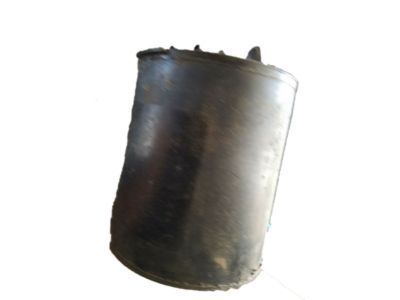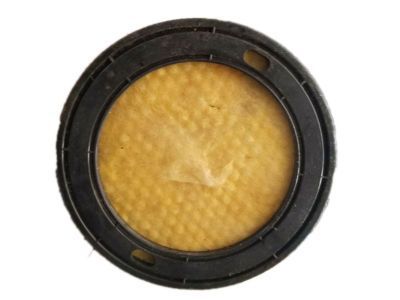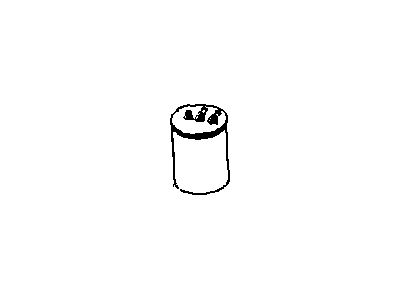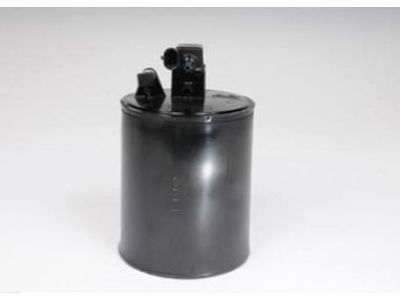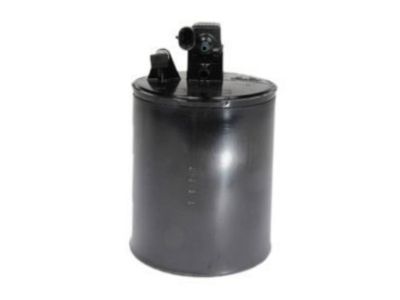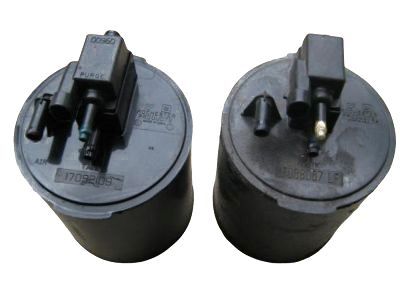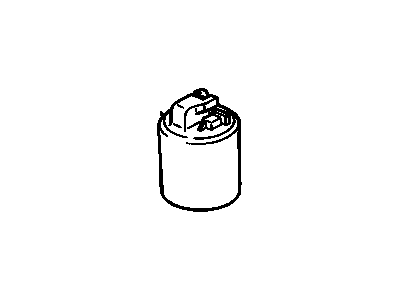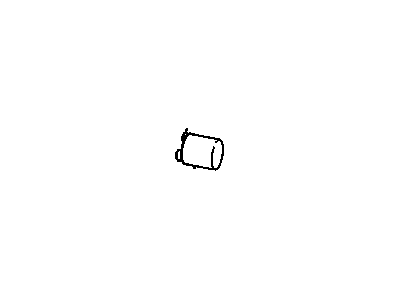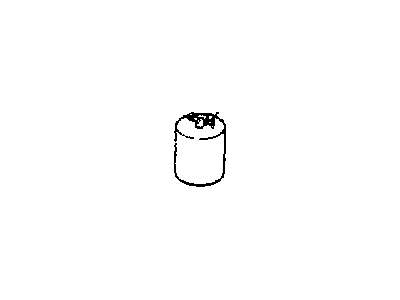
My Garage
My Account
Cart
Genuine Chevrolet Caprice Vapor Canister
Fuel Vapor Canister- Select Vehicle by Model
- Select Vehicle by VIN
Select Vehicle by Model
orMake
Model
Year
Select Vehicle by VIN
For the most accurate results, select vehicle by your VIN (Vehicle Identification Number).
6 Vapor Canisters found
Chevrolet Caprice Canister,Evap Emission
Part Number: 17113148$96.74 MSRP: $197.36You Save: $100.62 (51%)Ships in 1-2 Business DaysChevrolet Caprice Canister Assembly, Fuel Vapor
Part Number: 17113065$137.38 MSRP: $247.54You Save: $110.16 (45%)
Chevrolet Caprice Vapor Canister
Maintenance of the Vapor Canister is important in the EVAP system which is found in Chevrolet Caprice cars so that it does not emit any hydrocarbon into the environment. Indeed, it operates based on a carbon canister, which contains activated charcoal to adsorb fuel vapours. When the engine runs, a purge valve opens and let in air and stored gasoline vapors into the engine to burn. Ever since, modifications of the Vapor Canister are used in various models of Caprice, some of them have a filter that can be replaced for clean work. Additional hardware for diagnostics in the OBD II available in the Modern Caprice cars includes a canister vent solenoid as well as the fuel tank pressure sensor which increases the effectiveness of the leakage identification and the car performance.
Each OEM Chevrolet Caprice Vapor Canister we offer is competitively priced and comes with the assurance of the manufacturer's warranty for the part. Furthermore, we guarantee the speedy delivery of your orders right to your doorstep. Our hassle-free return policy is also in place for your peace of mind.
Chevrolet Caprice Vapor Canister Parts Questions & Experts Answers
- Q: What is the purpose of the Canister Purge Valves and Vapor Canister and how can it be checked for issues on Chevrolet Caprice?A:The evaporation control system is a basic and trouble-free part of the emissions network that reduces hydrocarbon emissions. It is a closed fuel system that redirects wasted fuel back to the gas tank and stores fuel vapors instead of releasing them into the atmosphere. The system requires little maintenance, but if there are issues, it should be inspected. To check the system, disconnect the fuel tank line at the charcoal canister, located behind the left headlight in the engine compartment. Check for liquid fuel in the line, which indicates a problem with the vent controls or gas cap. Apply 15 psi pressure to the fuel vapor line and look for excessive pressure loss. Check for fuel vapor smell in the engine compartment and around the gas tank. Remove the fuel filler cap and check for pressure in the gas tank. If there is a large pressure loss or fuel odor, inspect all lines for leaks or deterioration. To check the purge valve in the canister, start the engine, disconnect the vacuum signal line, and raise the engine speed to 1500 rpm to check for vacuum. If there is no vacuum, check the EGR operation. The purge line to the canister functions with the PCV vacuum source, so if there is no vacuum when the hose is disconnected, check the PCV valve vacuum. The charcoal canister and filter should be replaced at recommended intervals.
